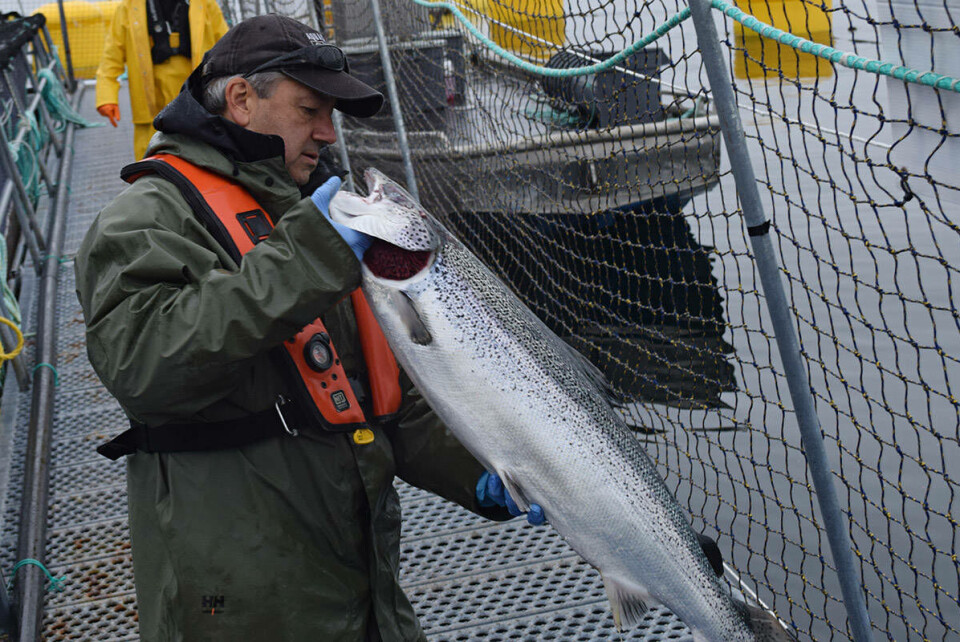
Canadian officials share best practice for lice checking
The Department of Fisheries and Oceans (DFO) held an outreach event at a Marine Harvest salmon farm on the west coast of British Columbia.
The aim of the event was to share the techniques and best practices used by the DFO when testing for sea lice.
"One of the goals of this is trying to help people understand the work that we’re doing in the department, which I don’t think is well understood or broadly known,” said Kerra Shaw, senior DFO aquaculture biologist.
Investigations
The DFO conducted investigations on the fish and ensured that Marine Harvest farmers were following the proper protocols when dealing with the potential of a sea lice outbreak. There were no sea lice issues at the farm.
“Basically I just see if there’s any cause of mortality, if it’s related to a predator, if it’s got any abnormalities on it.
“And then from there, I’ll choose fish that appear to be normal looking, and represent the population. And then those fish, I will take for further analysis,” said Howie Manchester, a senior DFO biologist
Random selection
Every three months, 25% of fish farms in the area are randomly selected by the DFO for testing. Scientists check the farmed fish for sea lice as part of a routine fish health audit by the DFO. Scientists say that the worst time for sea lice infestation in BC is in the autumn.
The DFO event comes after public pressure builds in BC over ocean-based salmon farming. A salmon farm in the area owned by Cermaq was temporarily closed in June due to a sea lice infestation that resulted in its fish being euthanised. The company reportedly took all the necessary measures to combat the issue but unusually warm weather and high ocean salinity caused the issue to persist.
The aquaculture industry in BC generates approximately Can$1.5 billion every year.
The original story was posted by vicnews.






















































